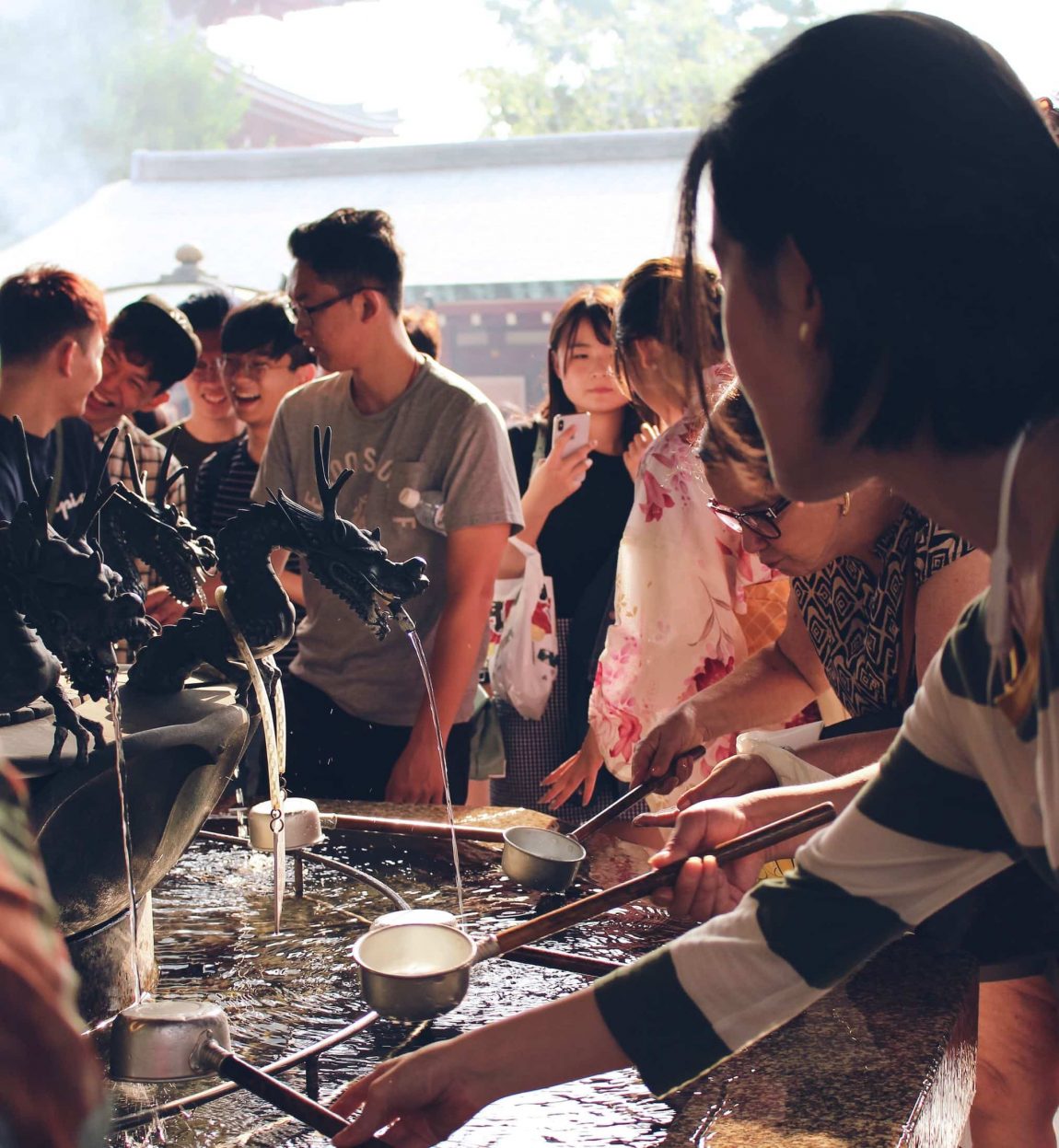Embracing Our Roots: The Rich Tapestry of Japanese Identity
Key Takeaways
- Cultural Diversity: Japan’s cultural landscape is shaped by its historical tribes and modern influences, creating a unique blend of traditions.
- Global Presence: The Japanese diaspora, especially in countries like Brazil and the USA, illustrates the global spread and adaptability of Japanese culture.
- Cultural Practices: Traditional customs, religious ceremonies, and artistic expressions play a pivotal role in the daily lives and identity of the Japanese people.
- Historical Evolution: Japan’s history from ancient to modern times showcases a dynamic evolution of cultural practices and societal norms.
- Artistic Influence: Japanese arts and literature have a significant impact globally, fostering cultural exchange and understanding.
Growing up nestled in the lush landscapes of Japan, the whispers of the past and the rhythm of the present were my constant companions. My childhood was a tapestry woven with the vibrant threads of traditional folklore, the serene practices of Shinto rituals, and the familial tales of the old days, painting a vivid picture of a culture rich in history and spirituality.
The warmth of community festivals, with their explosion of colors and sounds, and the quiet reflection in the shadow of sacred shrines, defined my early years. These experiences, deeply rooted in Japanese traditions, shaped my understanding of the world and my place within it.
Venturing beyond my homeland, I encountered the pulse of Japanese communities abroad, particularly in Brazil. The blend of Japanese precision with Brazilian zest in São Paulo’s Liberdade district was like watching a thrilling dance of cultures. The experience was a powerful reminder of the adaptability and resilience of our cultural heritage, flourishing in diverse global landscapes.
Dialogues with friends from various corners of the world often drift to our cultural legacies. “How do you weave the old with the new in your life?” they inquire, sparking reflections on the seamless blend of ancient traditions and modern innovations that characterize Japanese life. This duality is a dance of contrasts, where the timeless elegance of tea ceremonies coexists with the rapid pulse of technology-driven cities.
The soul-stirring narratives of Japanese literature and the intricate beauty of its art speak to me of a nation that has mastered the art of storytelling, capturing the essence of human experiences and emotions. These cultural artifacts bridge the gap between Japan and the world, offering a glimpse into the collective spirit of my people.
Reflecting on my journey, I realize that my Japanese identity is a mosaic of experiences, histories, and interactions. It’s a living narrative, constantly evolving, yet firmly anchored in the enduring values and traditions of my ancestors. This realization fills me with a deep sense of pride and a renewed commitment to preserve and share the rich cultural heritage of Japan with the world.
Frequently Asked Questions
1. What defines the Japanese people culturally and ethnically?
Culturally, Japanese people are defined by a shared heritage of customs, language, and traditions, while ethnically they are primarily descended from indigenous groups like the Yamato, Ryukyuan, and Ainu.
2. How significant is the Japanese diaspora globally?
The Japanese diaspora is a vibrant testament to the country’s global influence, with around 4 million Nikkeijin spreading Japanese culture and forming dynamic communities worldwide, particularly in Brazil and the USA.
3. What role does religion play in Japanese society?
Religion, especially Shinto and Buddhism, is woven into the fabric of Japanese society, guiding festivals, rituals, and daily practices, and shaping the country’s moral and ethical values.
4. How has Japanese art and literature influenced the world?
Japanese art and literature have captivated global audiences, offering unique perspectives and aesthetic principles that have influenced various international art movements and literary genres.
5. How does Japan balance tradition with modernity?
Japan strikes a balance between tradition and modernity by preserving historical customs and rituals while embracing technological innovation and contemporary lifestyles, showcasing a harmonious coexistence of the past and the present.





